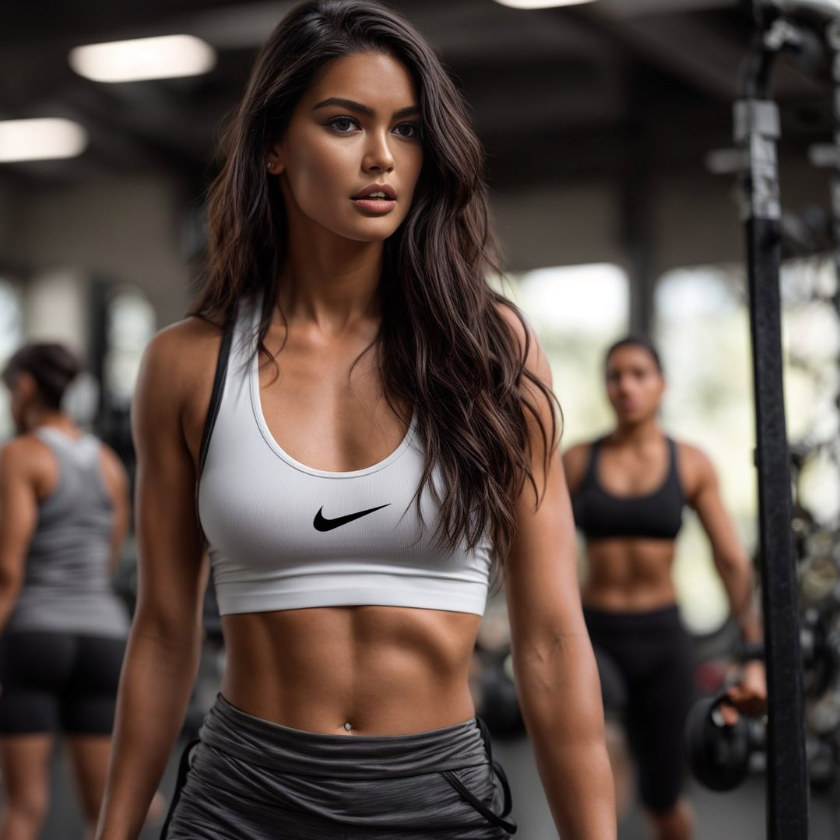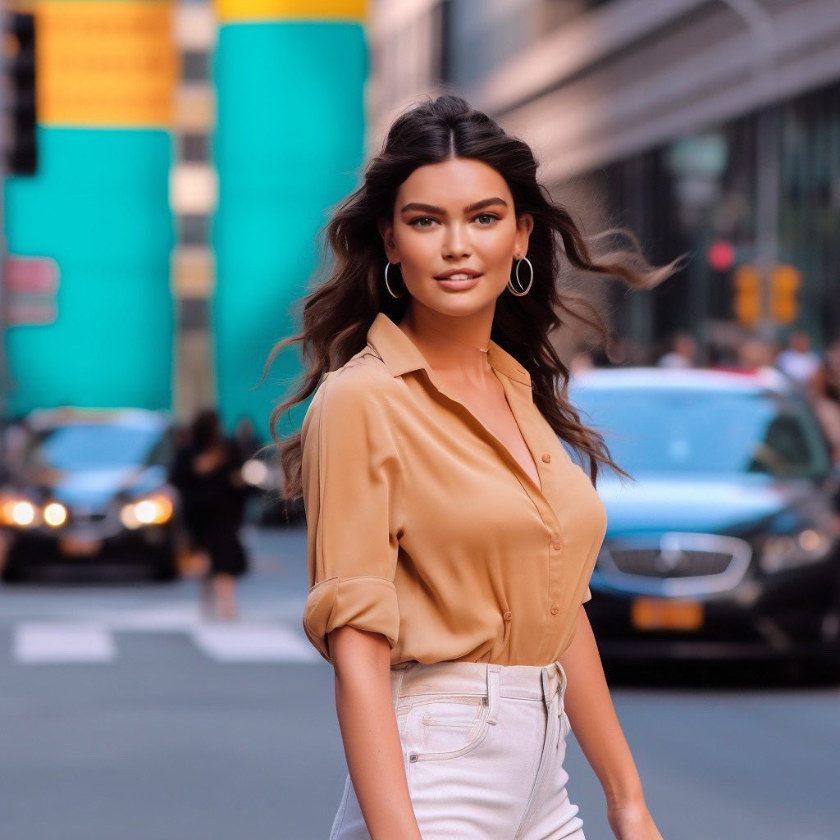


Instagram
It’s almost out of the uncanny valley but on a small cellphone screen, Evania Aria Luxardo, the Latina AI-generated virtual influencer, could look like she’s part of the real world. (In fact, we’ve already gendered her.) Coupled with some human-written copy (the error in her description suggests some human agency), Evanialux (to take her Instagram handle) might be more convincing to the 2020s audience than Lonelygirl15 was to the 2000s’.

The crew behind Evania Aria Luxardo, the Product Bar, says she’s a ‘virtual influencer’ who is powered by ‘artificial intelligence’. And they have high hopes that she’ll represent the future of fashion while celebrating Latina heritage.
According to the company, which is a collective of digital experts: ‘We believe she represents not only the future of virtual influencers but also the future of diversity and inclusion in the digital realm. Evania Luxardo will break boundaries, inspire, and ignite conversations about the limitless possibilities of AI technology.’
There’s no deception here. Evanialux admits she’s an AI-generated Latina virtual model in her Instagram description and website, though she can’t be 24 years old. It’s not hard to foresee another player not being up front with a model’s origins at all. The world forecast by Andrew Niccol in his 2001 film Simone is being realized a generation on.
Evania Luxardo’s 33 Instagram images, uploaded over the last week, already see her posing in some Nike gear, and placed in front of presumably real-world settings that have had the bokeh effect applied to them.
It certainly reignites debate, over topics such as the agency over one’s body (if a party were to create a model based on a real person—which has been happening for years); and whether a computer-generated model can convey truth or authenticity about a topic or a product. Would their presence mean that humans might give up on influencing via social media if it can be done more cheaply with a virtual actor (to borrow a term from Simone, a vactor)? We had, after all, written about the fall of the influencer years ago, as social media services failed to rid themselves of bots and fake accounts. As bots increase on those services, in an extreme extrapolation, could these virtual creations just roam free on Instagram, responding to each other through algorithms, while humans go elsewhere?
The questions about body shape reemerge, too. Is it any surprise Evania Luxardo is a young female with a slim build and perfect teeth?
Will we as humans learn to distinguish between real and fake? Will we care? After all, many Instagram and Tiktok accounts are curated to show someone’s best light or talents. They are “fake” to some degree. This is just the next step. People choose to believe in something or follow someone, so does it matter that it’s the fake life of a celebrity or the fake life of a vactor?
And with so many social media accounts and real people giving up their time and talent, is there any room at all for such characters?
There are many questions, and the answers haven’t fully emerged yet. It will be, however, very interesting to see how interest in Evania Luxardo develops, and with the rise in computing power, just how long will it take for a vactor to appear on film? Not just an old face on a new actor, as some deepfakes are presently, but someone completely from the digital realm.
The Product Bar has already succeeded with getting us to ask questions. We’d be very interested in your thoughts.










Leave a Reply